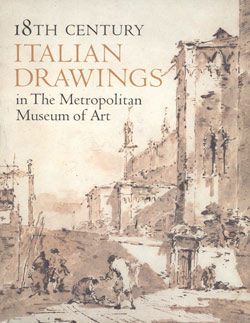The Assumption of the Virgin
Francesco de Mura Italian
Not on view
The Neapolitan late-Baroque master Francesco de Mura executed three major ceiling paintings representing the Assumption of the Virgin, all of them strongly influenced by the example of his great master Francesco Solimena (1656-1747). The first of these was an Assumption painted about 1727 on the vault of the sacristy of the Annunziata in Airola, near Benevento for which an oil sketch is in the Pio Monte della Misericordia, Naples. In 1737 De Mura signed and dated a ceiling painting on canvas destined for a church in Gallipoli and now in the episcopal palace of that city. Domenica Pasculli Ferrara cites three oil sketches for the Gallipoli Assumption. In 1986 Lawrence Turčic identified a pen and wash drawing by De Mura in the Louvre as a study for the Gallipoli picture; the Louvre drawing had been classified as a work of the studio of Francesco Solimena (Inv. 9787-1, see Monbeig Goguel and Vitzthum 1967, no. 83).
The most ambitious Assumption of the Virgin by De Mura is that painted in 1751 on the ceiling of the Nunziatella in Naples (see Enggass 1964, fig. 7). An oil sketch for this fresco is preserved in the Museo di Capodimonte, Naples, and a presumably autograph replica of the Capodimonte sketch is in the Art Gallery of Ontario, Toronto (see Enggass 1964, fig. 8). The Museum’s drawing may be an early preparation for the monumental Nunziatella fresco. There are, however, notable differences between the drawing and the fresco. The apparition of the Holy Trinity at the summit of the painting is lacking in the drawing, where there are fewer figures in the foreground. In the drawing the setting is architectural, while in the fresco the background is a landscape. There are also differences in the shape of the field.
Due to rights restrictions, this image cannot be enlarged, viewed at full screen, or downloaded.




